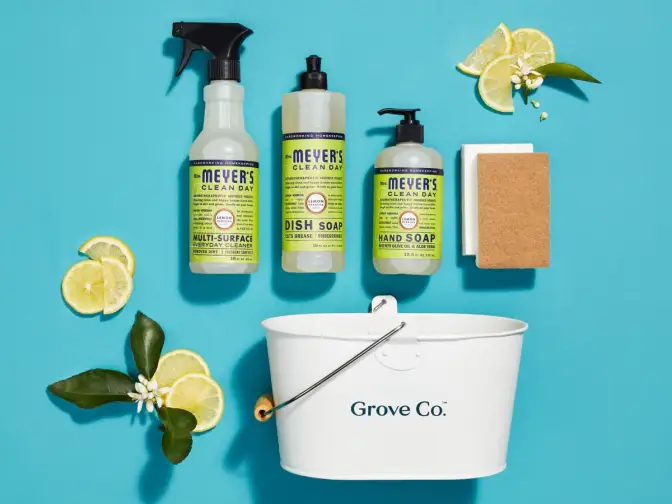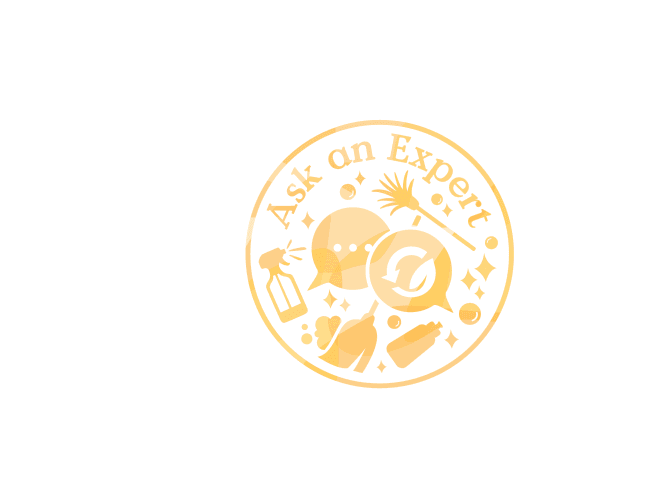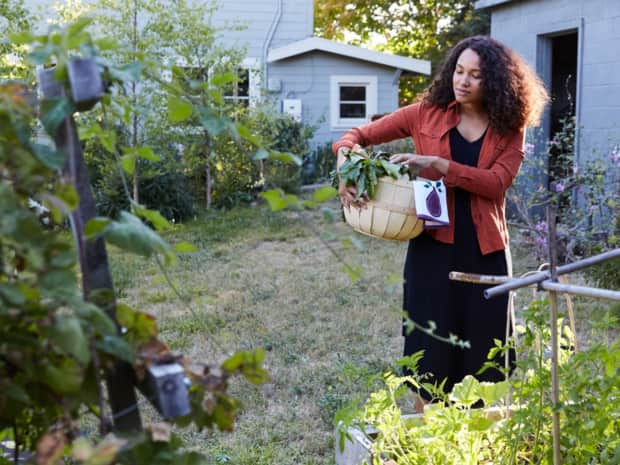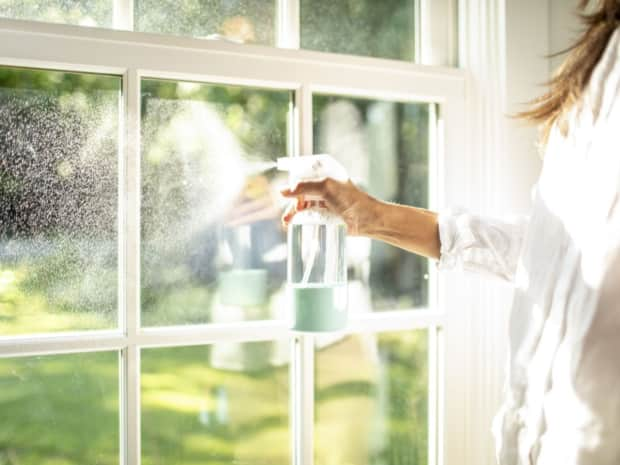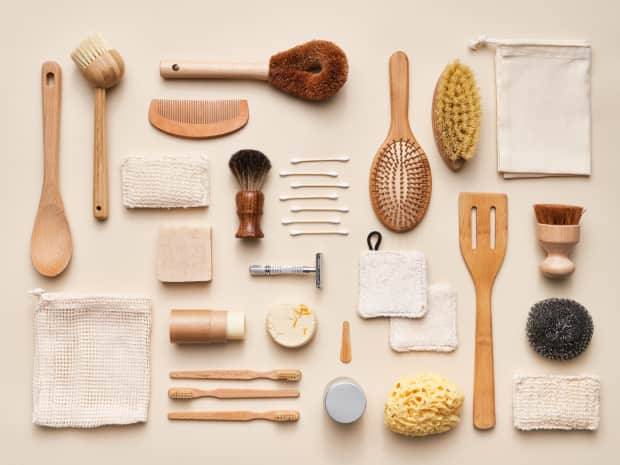1. Use reusables
There are reusable equivalents to nearly every plastic, single-use thing you can think of. Take a look around your home and assess all of the use-once-then-throw-away (or single-use) objects you have. Then, see if there is a reusable equivalent you could use instead. Some great reusables to start with are water bottles, bags, produce bags, straws, and paper towels.


